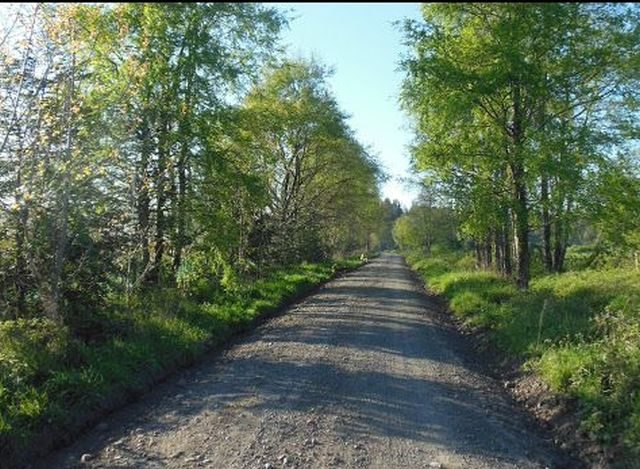New Highway Opens Up Opportunity in Chile
$27,846,153 USD. That’s the amount of money the Chilean government is spending on a seven mile section of new four lane highway that connects the city of Talca with San Clemente County.
While $27 million USD might sound like a lot of money, it’s actually just a drop in the bucket compared to the total amount being put into the Paso Pehuenche International Corridor (which is set to become South America’s primary overland route between the Atlantic and Pacific Oceans).
Freshly paved lanes on the new international highway CH-115
About five years ago Chilean authorities started giving Paso Pehuenche priority over other projects and have been making incredible progress ever since.
Starting with the paving of the actual pass (on the Chilean side of the border) in 2013, it’s been one major improvement after another along this route ever since.
In 2014 the new border complex was finished, in 2015 the San Clemente bypass was opened (a 4 mile stretch of brand new roadway which passes just north of the town), and by the end of the year you should be able to travel from the eastern edge of Talca all the way to the border of Argentina on paved road without passing by a single traffic light.
Just five years ago, diving from Talca up to the border included several steep sections of gravel road skirting nearly vertical drop offs and took close to an entire day.
By the end of the year, it’ll take a couple of hours (unless of course you decide to stop off to visit some of the hot springs or waterfalls you find along the upper sections of the highway).
This really is one of the main reasons I choose to live in this part of the world, its obvious trajectory.
While infrastructure in the US is aging (and decrepit) in many areas, debts are at absurdly unsustainable levels, and quality of life and disposable income are almost certainly going to be dropping in years to come, it’s the exact opposite where I sit today.
In Chile, life is getting better.
Just 40 years ago, owning a vehicle in Chile was considered an extreme luxury by middle class standards. 20 years ago, anyone with a second home on the beach or up in the mountains was considered to be very lucky, and just 10 years ago if you wanted to find a decent job or a quality university education, you were basically obligated to move to the capital of Santiago.
Today, access to goods and services is increasing at an incredible fast rate all throughout Chile.
For entrepreneurs and business people willing to explore new markets and regions, this is an extremely attractive environment.
Imagine being able to relive the boom times and serious economic expansion that the US experienced in the 1950s in Chile in 2017.
Taking all things into consideration, which direction would you say the standard of living in your hometown, state, or country is headed?
If you don’t like the answer, you might want to consider a change in latitude.
Darren Kaiser
Darren is a developer and expert in real estate investment in Chile. We recommend him as an investment consultant. He conducts private and group real estate investment tours in the Maule Region and lives near Talca, a prime farming area. (We also have on good authority that it’s a prime surfing area, one of Darren’s favorite pastimes.) Darren is author of the book, Where to Buy Chilean Real Estate in 2014.

